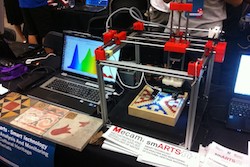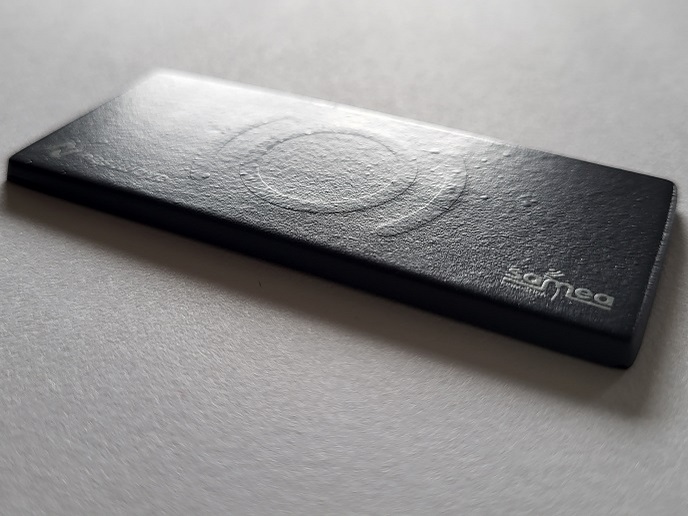Space-time continuum for mobile networks
Only a decade ago, the classic thriller featured a victim struggling to get a signal as an attacker drew ever-nearer. That sort of suspense film would push the realms of believability in Europe today due to unprecedented improvements in mobile networks. Part of the credit for this evolution goes to a series of European research projects working in the rather less Hollywood-sounding area of terrestrial wireless systems and networks. Nonetheless, these are paving the way towards better and better mobile internet. In this field, a consortium of researchers from Spain, France and Austria stands out. Working in the project 'Advanced network radio identification for universal mobile communications'(Antium), the scientists have studied optimal signal processing algorithms for a network-monitoring device that they developed. The new system helps operators of UMTS/TDD cellular communications systems to monitor and improve their network. UMTS/TDD is a universal mobile telecommunications system using time-divided duplexing. It is one of a number of mobile internet-access systems, along with WIMAX and Hiperman, which provide broadband speed access to the internet. Experts believe UMTS/TDD has the advantages of being able to use an operator's existing UMTS/GSM infrastructure as well as performing more consistently. Antium applied what is calls 'interference analysis' to the problem - using multiple antennas and sophisticated multi-user, space-time signal processing algorithms estimating the interference levels of many surrounding base stations (including base stations with weak power). The signal-processing algorithms concern the stages of synchronisation, channel estimation, and data detection. The overall goal is to demodulate (extract the signal from the carrier wave) the system information transmitted on the broadcast channels of the different base stations. Antium's key innovation was to adapt and extend advanced signal processing techniques (e.g. MMSE filtering, GLRT hypothesis testing, DFB detection) to the special demands of network monitoring in UMTS/TDD, exploiting the availability of multiple receiver antennas in an off-line signal processing mode. The performance of Antium's algorithms has been tested in simulations using the computing environment Matlab. Results have also been published in conference papers, an industry journal and a doctoral dissertation. Europe may also have Antium and related research to thank for putting an end to the tiresome mobile-phone suspense thrillers of the last decade.







